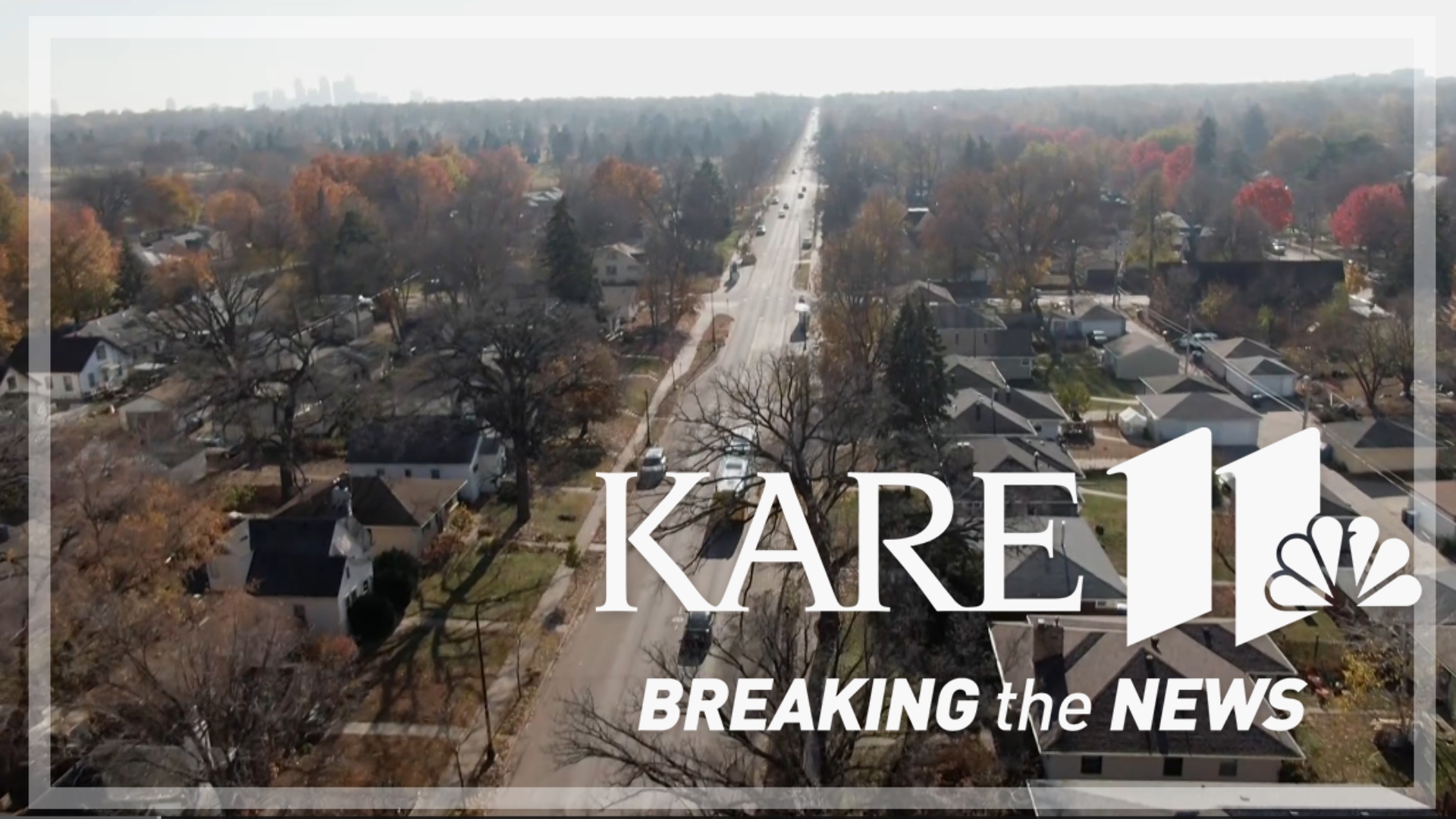MINNEAPOLIS — Truth-in-Taxation letters have started going out to Minnesota homeowners this week, with a preview of what next year's property taxes could look like, and for many it has resulted in sticker shock.
"I opened it this morning," said Jeremy Frisco, who has owned a home in north Minneapolis for six years. "My property taxes have gone from $2,400 to $2,878, and that's just like, 'Why is it going up that much?'"
For months, many Minnesota city, county and school district leaders have warned their communities that tax levies would be increasing next year in order to make their budgets work, but it can be hard to figure out how it's going to hit home for individuals.
In Minneapolis alone, there proposed levy increases of 8.1% by the city, 8.27% by the park board, 5.5% by the Hennepin County, and 4.5% by Minneapolis Public Schools. If you add in the new MPS technology levy passed by voters this month, that could mean Jeremy pays more than $500 more in property taxes this year.
"I haven't really seen a lot of changes myself and I don't always have to but you just have to wonder where the heck is that much money going?" he said.
It's a question that will be asked far beyond just Minneapolis in the days to come, several Twin Cities suburbs have proposed double-digit levy increases and according to the Department of Revenue, preliminary tax levies are headed up statewide.
Levies proposed by Minnesota schools are up 4.4%, townships are up 6.3%, counties are up 6.4% and city levies are up 8.8%, on average.
"The levies have been increasing more than they were eight years ago," said Nathan Jesson, a tax specialist with the League of Minnesota Cities. "But there's a lot of different things that play into that."
Jesson says the sunset of federal, one-time COVID money did drive a lot of the city levy increases, but he said there is another big factor that often gets overlooked.
"It's not a really big headline that attracts a lot of news but it's wages and benefits for current employees," he said. "Just like businesses, cities are employers and that is, a lot of time, what is driving this."
When it comes to that, Jesson says there is still a little room for adjustment downward.
Jesson: "The final levies don't get set until the end of December, and they can be lower than your preliminary levy but they cannot be higher, and a lot of times the cities will set their preliminary levy higher because they want some flexibility going into December."
Erdahl: "Realistically though, the cities don't usually bring it down a whole lot, right?"
Jesson:"Sure, I mean, you usually see somewhere in the neighborhood of half a point decrease."
That's not the only part of the process that's still to come.
"Cities, before they set their final levy later this month, they have to hold these truth in taxation hearings," Jesson said. "There's not always robust turnout at those public hearings but they are happening every year and the cities and counties and school districts all hold their own."
So if you're like Jeremy, and still have some questions about that sticker shock you can at least get them answered.
"I want to love my city," he said. "I still love the people here, I still want to make a difference. It's just, I want to be a little bit more on board, I want maybe a little bit more transparency."
The preliminary property tax levy information for local governments and schools is available on the Department of Revenue Property Tax Reports and Data website.

